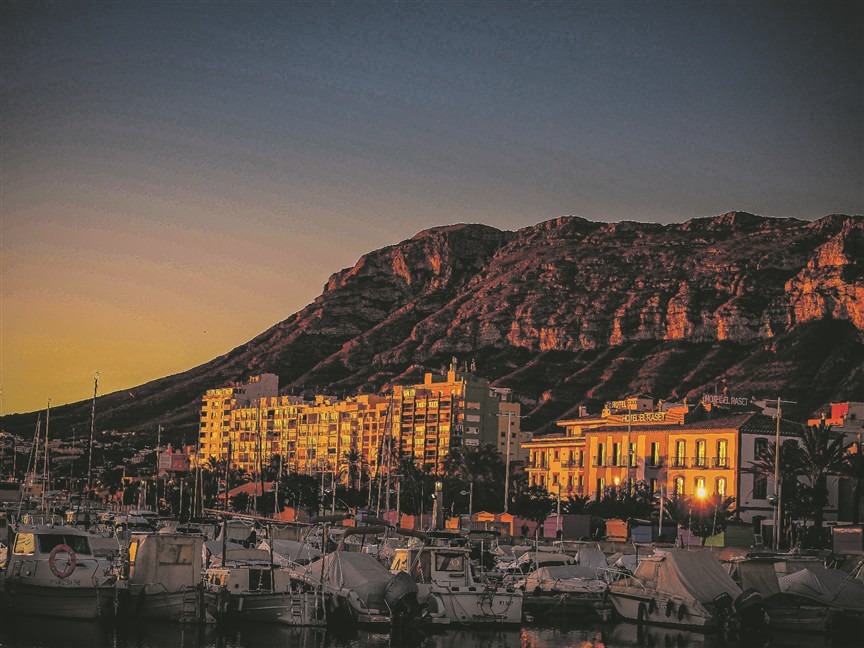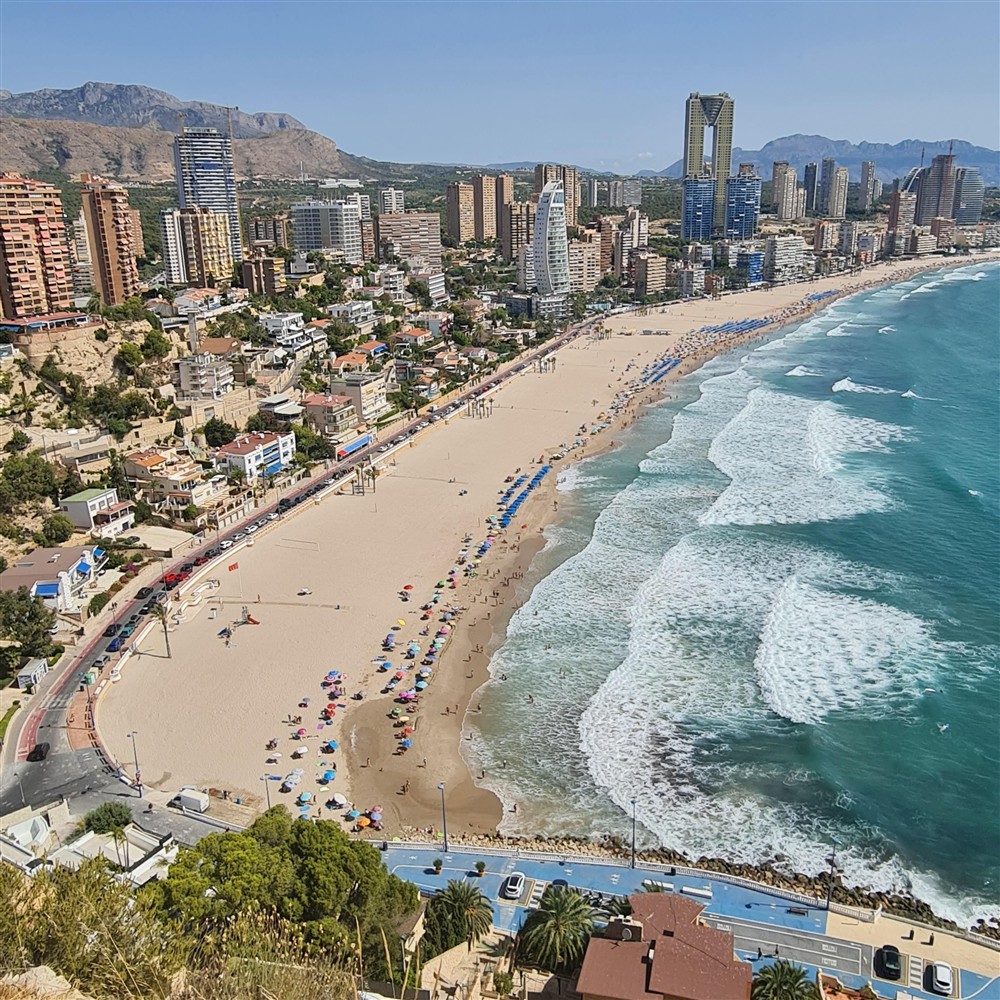
Dénia - the city between sea, Montgó and history
Dénia - the city between the sea, Montgó and history History, harbour life and everyday Mediterranean life - why Dénia is more than just a city.


When you stroll through the small streets around the Castillo de Moraira in the morning and the boats slowly come to life in the harbour, you immediately sense that the clocks tick differently here. Moraira is not a classic holiday resort - but a former fishing village that defends its quiet charm against all trends.
If you stroll through the streets of the old town, past colourfully painted façades and small cafés, you quickly realise: Dénia is alive - and without a big show. The city at the foot of the Montgó combines harbour flair, deep-rooted history and the everyday life of a community in which locals and newcomers alike have found their place.
From the Roman Dianium to a modern harbour city
With around 43,000 inhabitants, Dénia is the largest city in the Marina Alta - and was an important place long before tourism. The Romans called it Dianium, later it was a Moorish residence and the scene of a chequered history of trade and war.
Today, the heart of the city still beats in the harbour - whether it's the daily fishing that supplies the markets with freshly caught goods or the ferry docks from which Balearia regularly sets course for Ibiza and Mallorca. Numerous harbour restaurants around the quays also invite you to linger - with freshly caught fish, traditional cuisine and a view of a lively harbour panorama.
Old town, castle and market life
The Castillo de Dénia towers over the city and offers views from the Montgó to the sea - and insights into centuries of eventful history.
In the streets below is the Mercado Municipal, a daily meeting place for fresh produce and a quick chat. The alleyways around Calle Loreto offer a dense selection of bars and restaurants - from a quick espresso to a multi-course meal.
Beaches with a seal of quality
Dénia has more than 20 kilometres of coastline - in the north long sandy beaches such as Les Marines, in the south rocky bays such as Las Rotas, popular with snorkellers and walkers. Several of these beaches have been awarded the Blue Flag, a sign of exceptional water quality, safety and service. The mixture of natural beaches and well-kept bathing areas is what makes the coastline so special - and ensures that many visitors return time and time again.
Culture, festivals and everyday life
Dénia is known for its lively festivals: the summery Bous a la Mar in July, when bulls jump into the harbour basin, and the colourful Moros y Cristianos in August. There are also concerts, exhibitions and theatre in the cultural centre. Away from the big events, life takes place in squares and street cafés - often with a view of the sea or the Montgó.
Shopping and going out
The main shopping street Calle Marqués de Campo offers fashion, jewellery and delicacies. In the evenings, tapas bars and terraces fill up, often with live music in summer. If you stay longer, you will soon realise that Dénia is not just a holiday resort, but a city that works all year round.
Personal perspectives
The Facebook community of the Germans in Denia group (https://www.facebook.com/groups/709020822529885/) contributed to this article - with pictures of her very personal Dénia highlights. Many thanks for all the great impressions. You can find all the photos in the online version of this post at www.costablanca-magazin.com.
The harbour of Dénia has several characteristics,
which make it a “favourite location candidate”:
Atmosphere between sea and mountains - The view extends from the glistening water to the Montgó massif, which stands like a protective giant in the background. Life and tranquillity at the same time - On the one hand, there is hustle and bustle with fishing boats, yachts and ferries to Ibiza or Mallorca. On the other hand, there are quiet corners where you can simply listen to the lapping of the waves. Culinary delights right on the water - freshly caught fish, tapas bars and small cafés on the quayside not only let you see but also taste that you are in the Mediterranean. Sunrises and sunsets - In the morning, the rising sun colours the sky pink-golden, in the evening the horizon glows over the sea - both can be experienced directly from the harbour. Connecting the old town and the sea - It's just a few minutes' walk from the harbour to the historic old town with its narrow streets and markets. If your heart beats for the sea, Mediterranean serenity and a little wanderlust, this is a pretty perfect combination. Would you like me to tell you a few special little insider tips around the harbour that you won't find in the travel guide?
Ben Weidner, + 34 652 089 593
Sales representative Costa Blanca Magazine for Dénia & surroundings
▶ Population: approx. 43,000
▶ Proportion of foreigners: around 30%
▶ Area: around 66 km²
▶ Landmark: Castillo de Dénia
▶ Main beaches: Les Marines (sand), Las Rotas (rocky)
▶ Blue flags: several beaches with awards for water quality & service
▶ Festivals: Bous a la Mar (July), Moros y Cristianos (August)
▶ Special features: UNESCO Creative City of Gastronomy since 2015, ferry harbour to the Balearic Islands,
Montgó Nature Park on the doorstep
▶ Weekly market: every Monday (Explanada de Torrecremada) and Friday (Calle Magallanes)

Dénia - the city between the sea, Montgó and history History, harbour life and everyday Mediterranean life - why Dénia is more than just a city.

Moraira - Where the fishing spirit quietly lives on A watchtower, a harbour, a village feeling: how Moraira preserves its origins and yet

Benidorm - where history meets skyscrapers 700 years, two beaches, millions of visitors: how the former fishing village has developed into a vertical